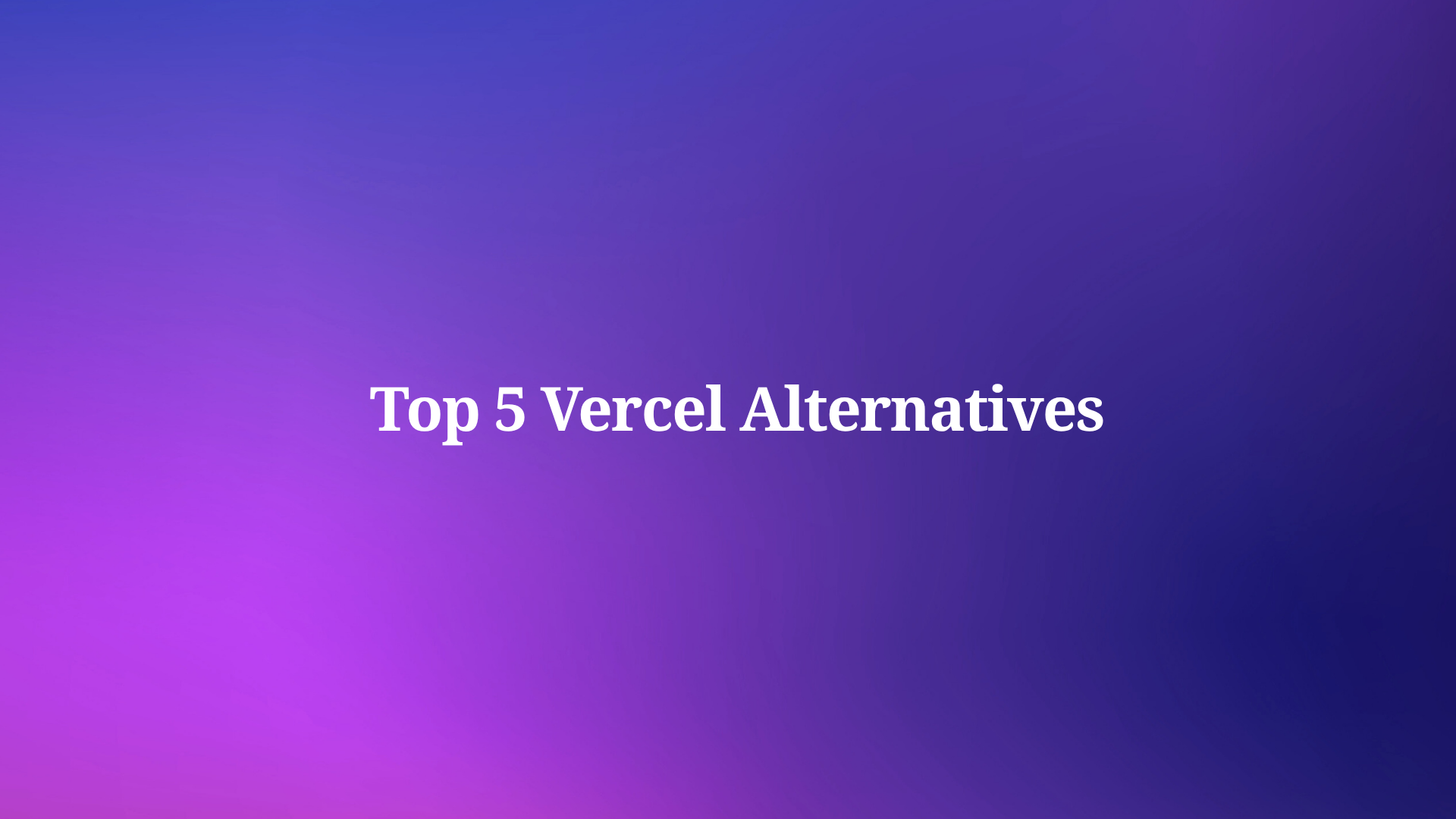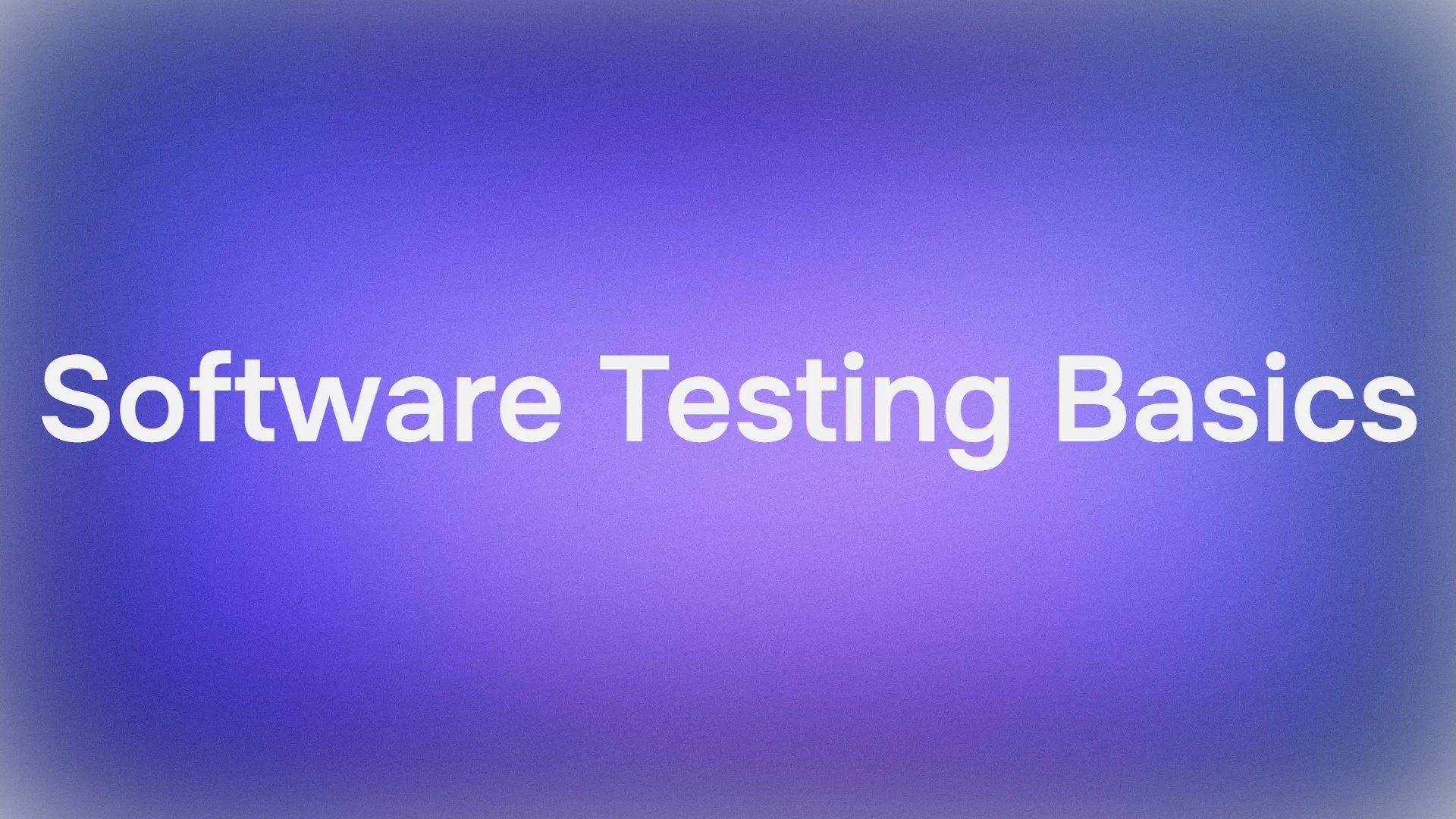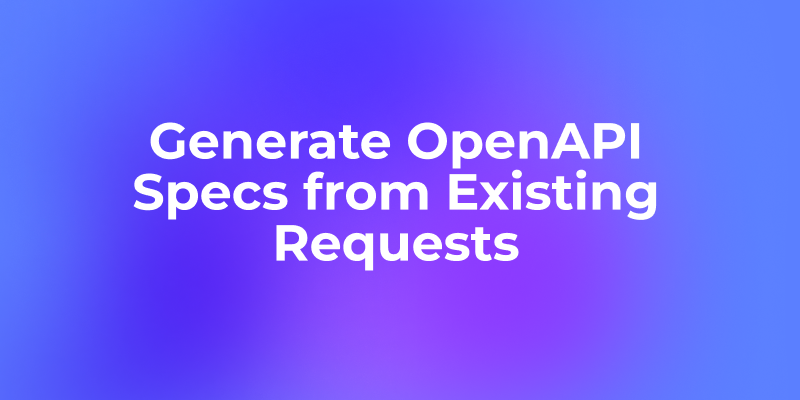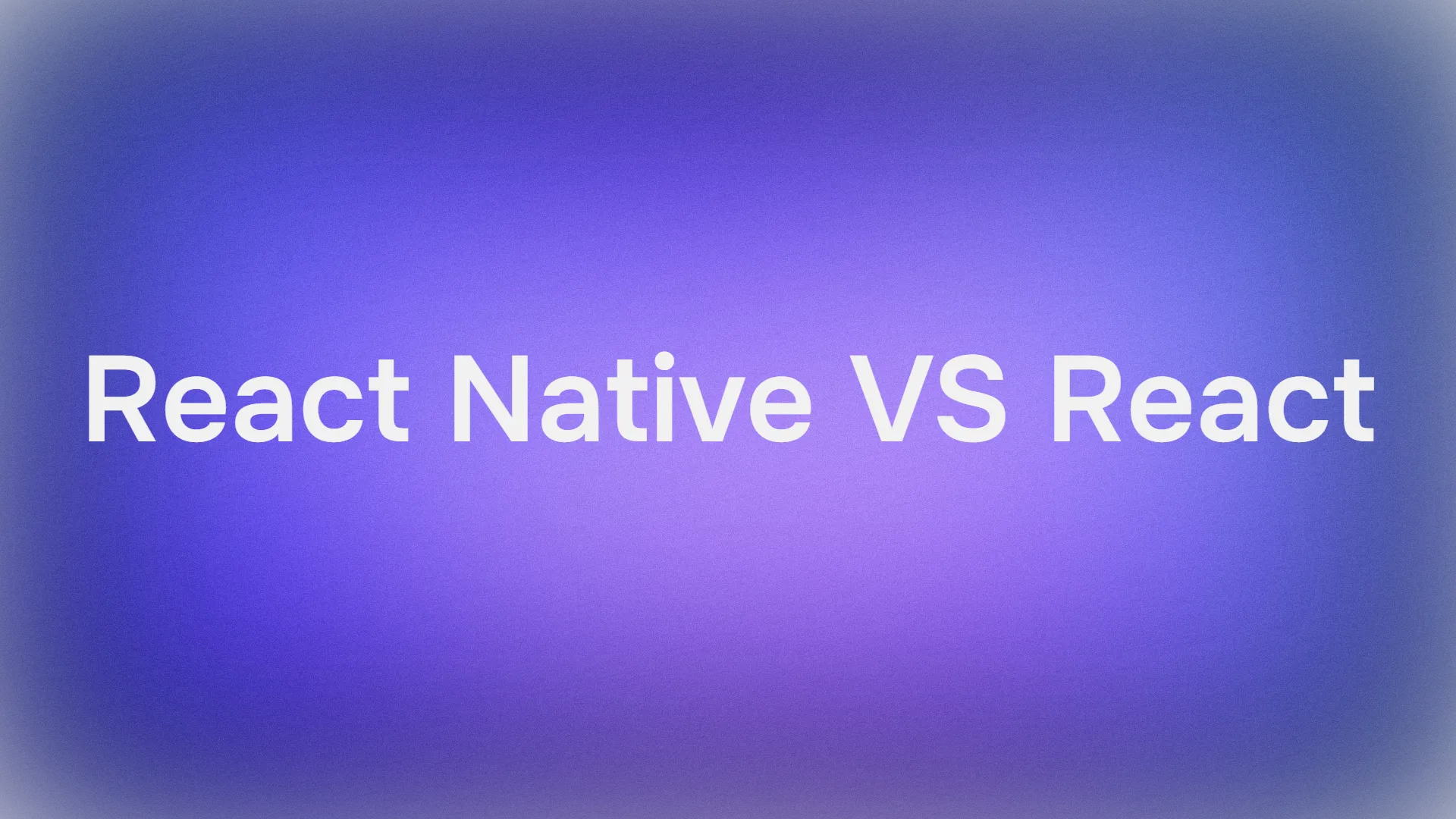Developers have voiced strong concerns over Vercel's leadership decisions, prompting many to explore other platforms for hosting and deploying web applications. The controversy stems from Vercel CEO Guillermo Rauch posting a photo alongside Israeli Prime Minister Benjamin Netanyahu, which critics labeled as a propaganda move amid ongoing geopolitical tensions. This incident, shared widely on social media platforms like X and LinkedIn, sparked boycott calls and accusations of political alignment that clashed with the values of a diverse developer community. As a result, teams now prioritize platforms that align with ethical standards while delivering robust technical capabilities.
This shift highlights how small decisions in leadership can lead to significant changes in user loyalty. However, the focus remains on finding reliable alternatives that match or exceed Vercel's strengths in serverless functions, edge computing, and frontend optimization. Developers value platforms that provide global content delivery networks (CDNs), automatic scaling, and integration with frameworks like Next.js. Consequently, this article examines the top 5 Vercel alternatives, drawing from current industry trends and user feedback as of 2025. We will cover each option's technical architecture, performance metrics, and practical implementation details to help you make an informed choice.
Understanding the Vercel Controversy and Its Impact on Developers
Vercel has long positioned itself as a leader in frontend deployment, powering millions of sites with its seamless integration for Jamstack architectures and serverless APIs. The platform's CEO, Guillermo Rauch, created Next.js, which Vercel optimizes for edge-side rendering and static site generation. Yet, a single social media post changed perceptions for many.
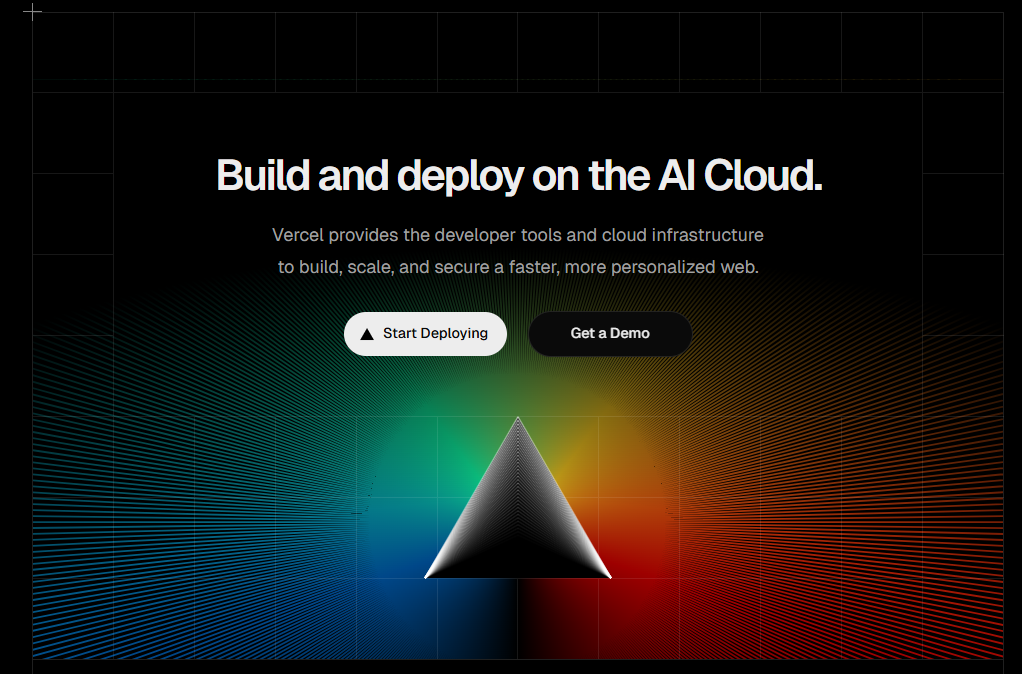
In May 2025, Rauch shared a photo on X showing him with Netanyahu, accompanied by an Israeli flag. Users interpreted this as explicit support for Israeli policies during the Israel-Hamas conflict, leading to immediate backlash. Posts on X, called for banning Vercel from bug bounty programs and labeled Netanyahu a "war criminal." Similarly, a LinkedIn post by Nursah Ketene announced a personal migration away from Vercel, citing the photo as a political stance that influenced their decision. Threads and Pinterest amplified the sentiment, with discussions accusing Rauch of endorsing "genocide propaganda."
This reaction underscores a broader trend where developers demand accountability from tech companies. Forums like TeamBlind and Reddit saw threads urging boycotts, with users sharing migration stories. The controversy not only damaged Vercel's reputation but also highlighted vulnerabilities in relying on a single provider. Teams reported concerns over potential service disruptions if boycotts gained traction, prompting searches for alternatives that offer comparable features without the associated risks.
The incident revealed how geopolitical events intersect with tech ecosystems. Developers in regions affected by the conflict felt alienated, leading to a dip in Vercel's user satisfaction scores on platforms like G2 and Capterra. As one X search result noted, the post fueled criticism amid the ongoing war, pushing users toward ethically neutral options. Therefore, evaluating alternatives becomes essential not just for technical reasons but for maintaining team morale and brand alignment.
Why Developers Seek Vercel Alternatives in 2025
Vercel excels in deploying Next.js applications with features like automatic image optimization, API routes, and global edge networks. However, its pricing model, which scales with bandwidth and function invocations, often surprises growing teams. The free tier limits users to 100 GB bandwidth monthly, while pro plans start at $20 per user, escalating quickly for enterprise needs.
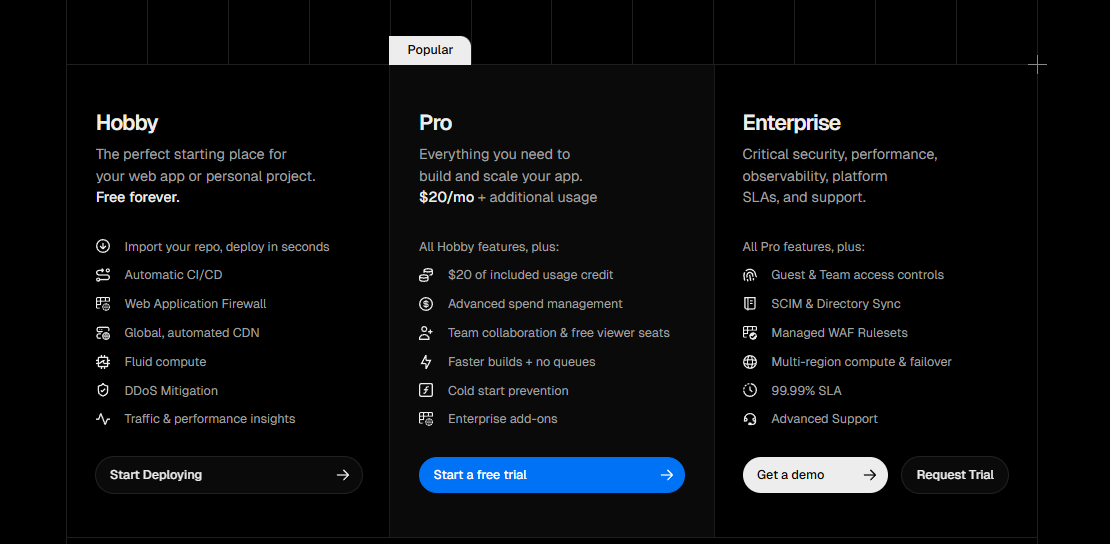
Additionally, the controversy amplified existing pain points. Users complain about vendor lock-in, where Vercel's proprietary optimizations make migrations challenging. Performance issues during peak traffic, despite edge caching, have led to downtime reports. Security features, while robust with built-in DDoS protection, lack customization compared to cloud giants.
Consequently, alternatives attract users with open-source compatibility, flexible pricing, and broader ecosystem support. For example, platforms like Netlify emphasize Git-based workflows, while others integrate deeply with container orchestration. In 2025, trends favor multi-cloud strategies, reducing dependency on any single vendor. This approach mitigates risks from controversies and ensures scalability.
Incorporating tools like Apidog enhances these transitions. Apidog provides API mocking, testing, and collaboration features that complement deployment platforms. When migrating from Vercel, teams use Apidog to validate serverless functions, ensuring endpoints perform under load. Its free tier allows unlimited projects, making it a natural fit for developers exploring new stacks.
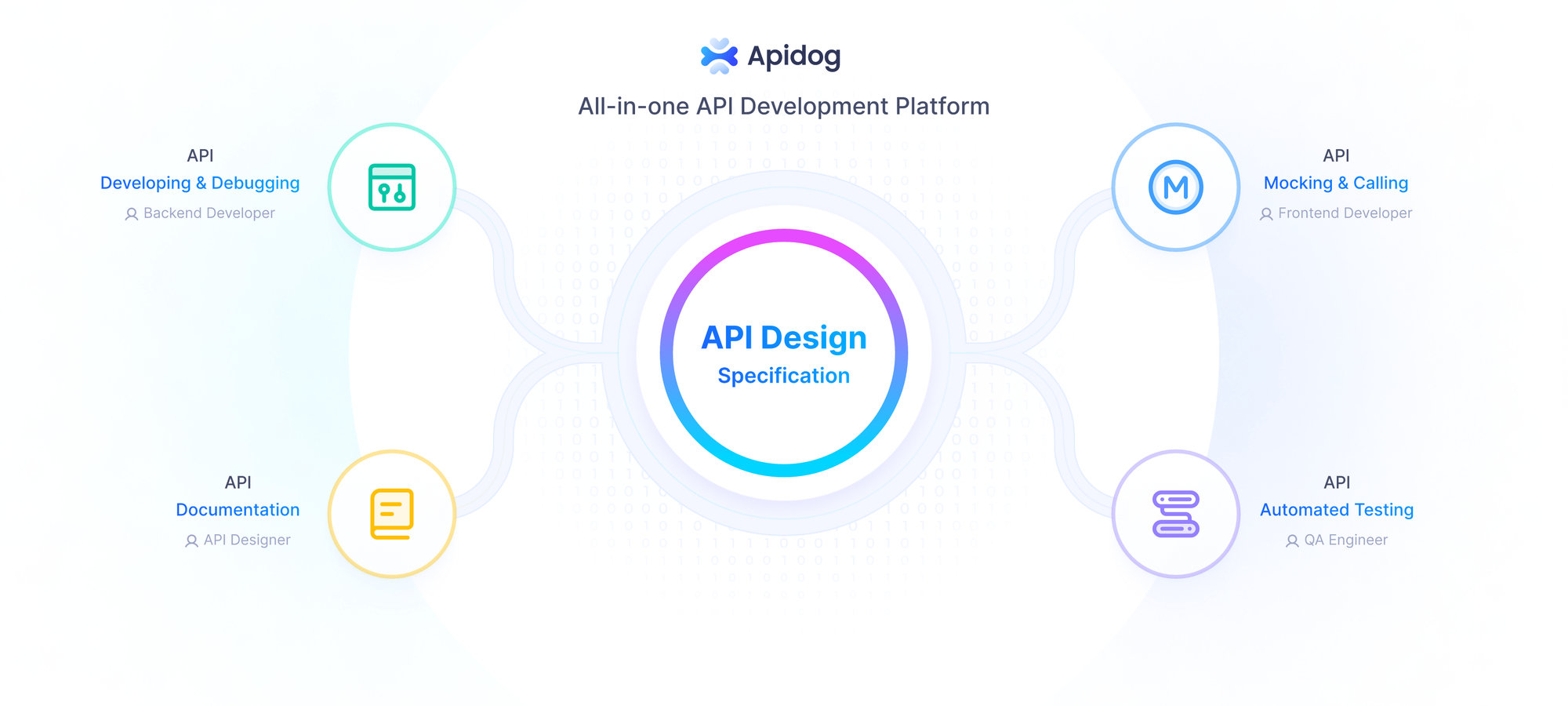
Top 5 Vercel Alternatives: A Technical Deep Dive
We selected these alternatives based on 2025 benchmarks from sources like GetDeploying and Reddit discussions, focusing on deployment speed, scalability, and cost-efficiency. Each offers unique strengths, from container-based hosting to AI-enhanced tools.
1. Netlify: Seamless Jamstack Deployment with Enhanced Collaboration
Netlify stands out as a direct competitor to Vercel, specializing in static sites and serverless functions. Developers deploy applications via Git integrations, triggering automatic builds on platforms like GitHub or GitLab.
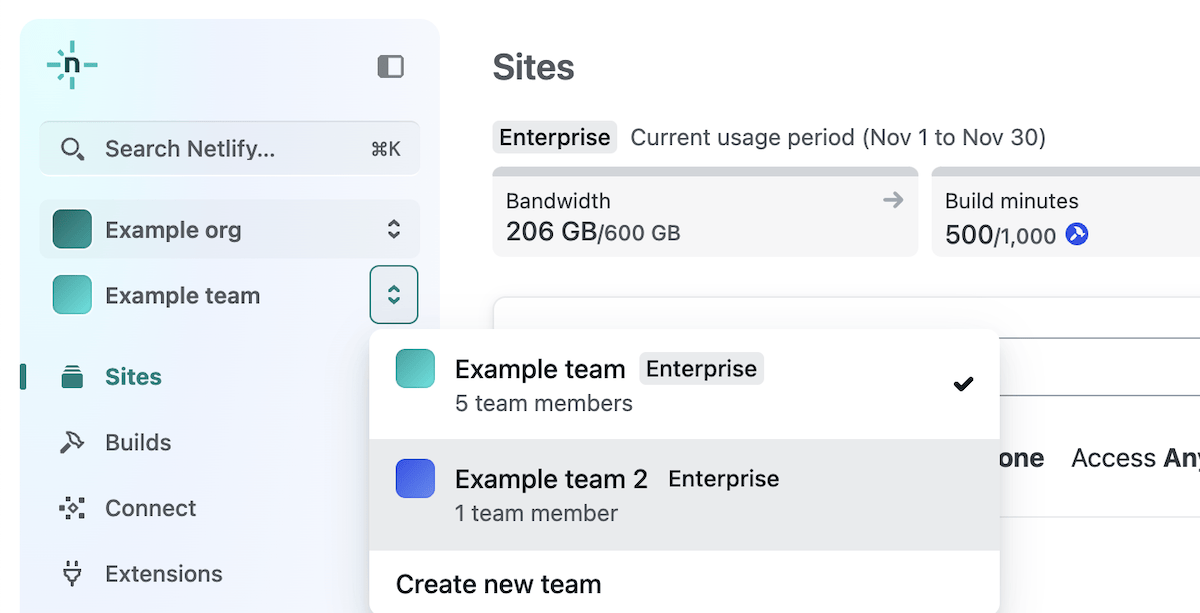
Technically, Netlify's architecture relies on a global CDN powered by AWS and Fastly, delivering sub-100ms latency for most requests. It supports atomic deploys, where changes roll out incrementally without downtime. For functions, Netlify uses AWS Lambda under the hood, allowing up to 10,000 invocations monthly on the free plan. Developers write functions in JavaScript, Go, or Rust, with built-in environment variables for secrets management.
Compared to Vercel, Netlify offers superior form handling and identity services through Netlify Identity, which integrates OAuth providers. Pricing starts free, with pro at $19/month for custom domains and analytics. Enterprise tiers include SOC 2 compliance and dedicated support.
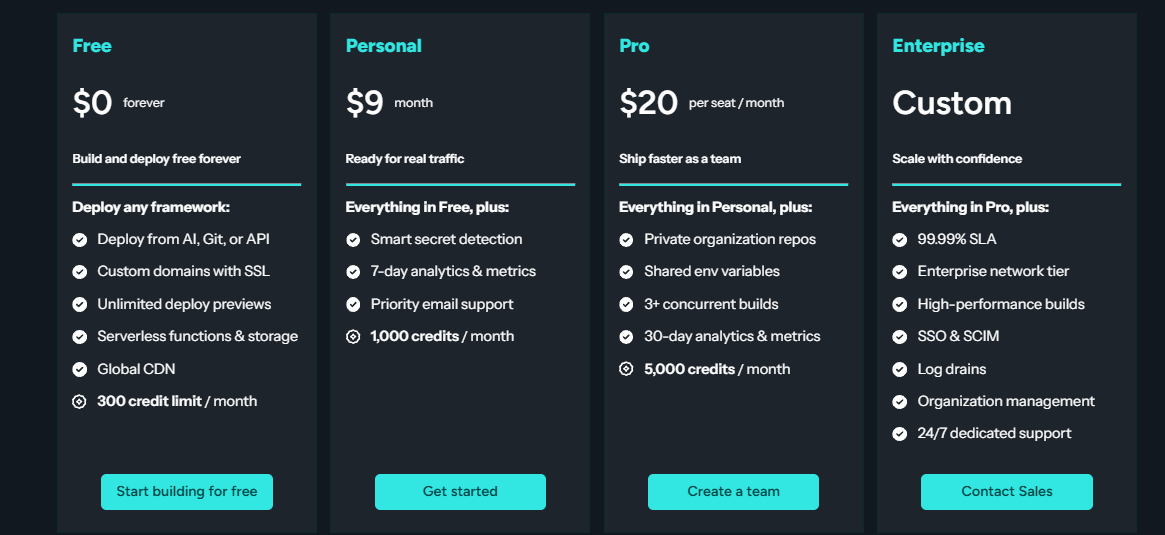
Migration from Vercel involves exporting your repository and configuring build commands. Netlify's CLI tool, netlify dev, mirrors Vercel's local environment, simulating edge functions. Users report 20-30% cost savings due to generous bandwidth limits—up to 100 GB free versus Vercel's tiered model.
However, Netlify lags in Next.js-specific optimizations. To address this, teams combine it with Apidog for API route testing. Apidog's visual interface mocks endpoints, verifying responses before deployment. This integration reduces bugs during transitions, as Apidog supports OpenAPI specs that Netlify functions consume directly.
In practice, a sample deployment script in Netlify might look like this:
netlify deploy --prod
This command builds and pushes your site, leveraging Netlify's edge caching for instant rollouts. Benchmarks show Netlify achieving 99.99% uptime, matching Vercel but with better audit logs.
2. Render: Full-Stack Hosting with Docker Support
Render provides a unified platform for static sites, web services, and databases, making it ideal for full-stack applications. Unlike Vercel, which focuses on frontend, Render supports Docker containers, enabling custom runtimes.
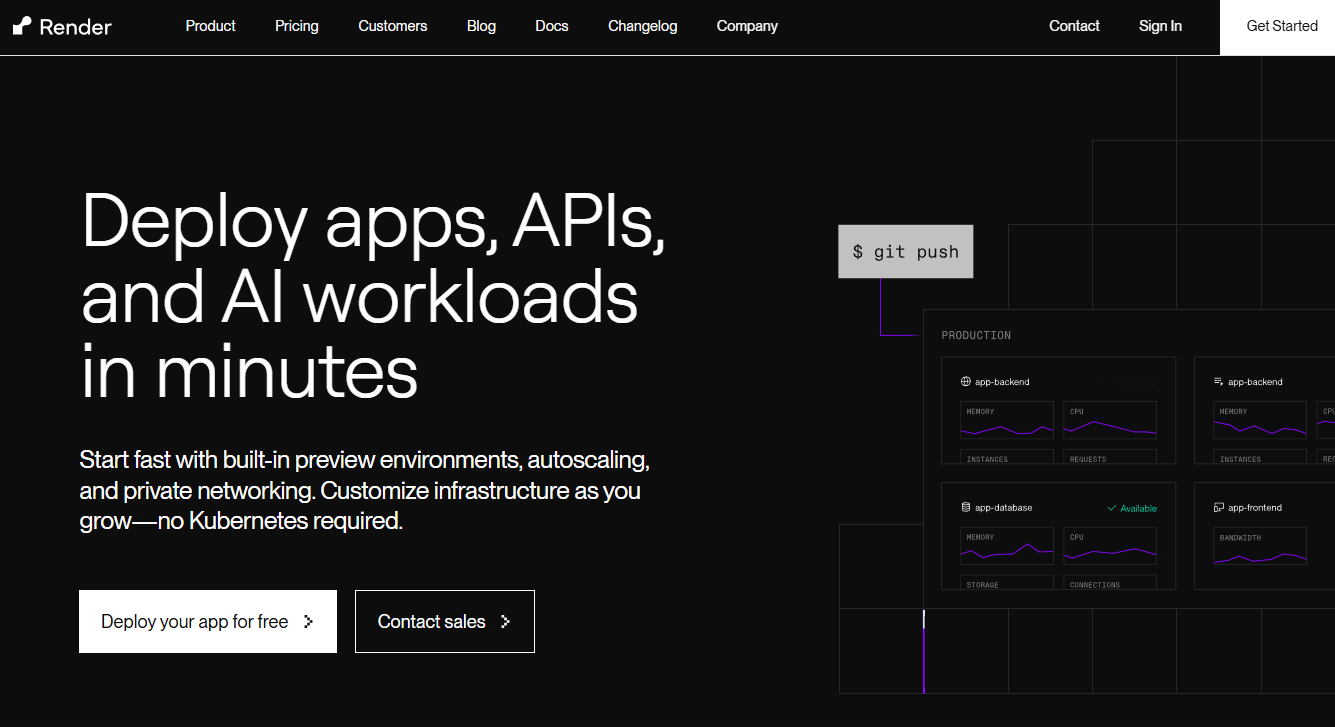
At its core, Render uses Kubernetes orchestration on GCP infrastructure, ensuring auto-scaling based on CPU and memory metrics. Developers define services via YAML files, specifying build commands and environment variables. For example, a Next.js app deploys as a web service with zero-downtime updates.
Render's serverless functions, called background workers, handle tasks like cron jobs, with user friendly pricing.
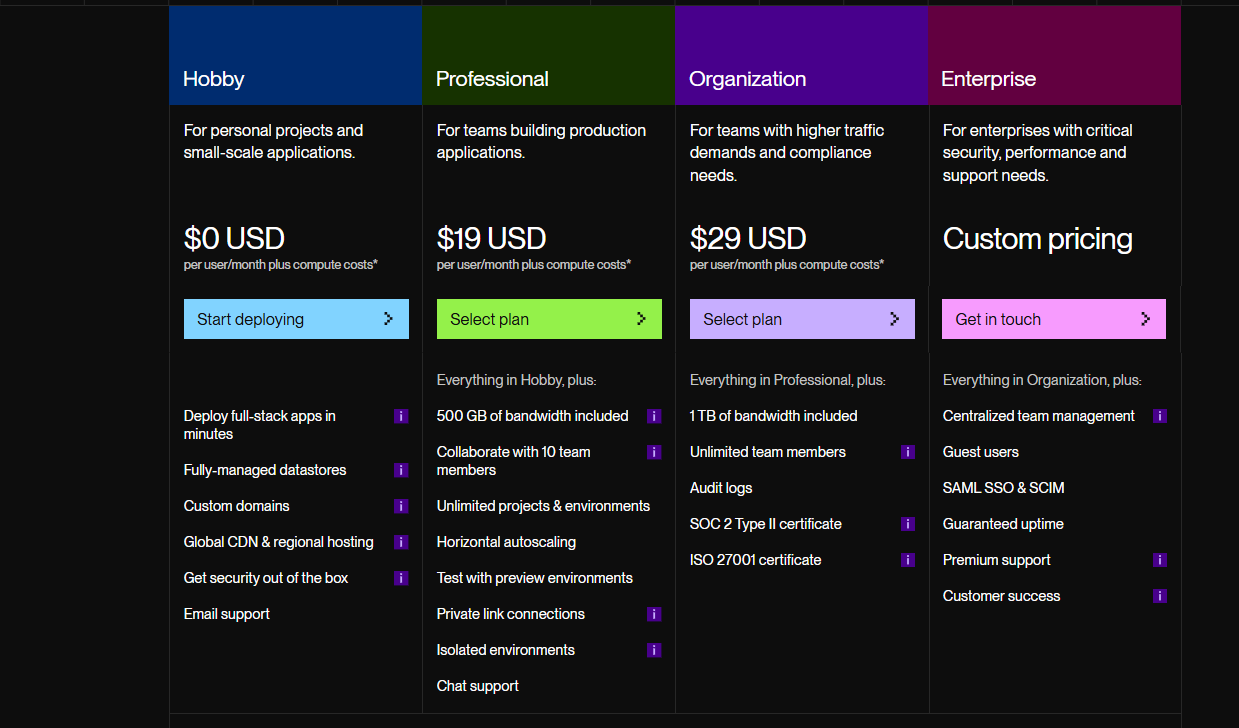
Technically, Render excels in preview environments, creating isolated branches for PR reviews. This feature uses ephemeral disks for fast spins, reducing setup time by 50% compared to Vercel. Security includes automatic TLS certificates and WAF protection.
Users switching from Vercel appreciate Render's cost predictability—no surprise bills from bandwidth overages. A Reddit thread highlights Render's simplicity for Docker-based apps, with one user noting seamless integration with Next.js via custom Dockerfiles.
To migrate, clone your repo, add a render.yaml file:
services:
- type: web
name: my-app
env: docker
dockerfilePath: ./Dockerfile
Then, push to Render. For API-heavy apps, Apidog complements Render by testing containerized endpoints. Apidog's load testing simulates traffic, ensuring Render's auto-scaling triggers correctly.
Overall, Render's flexibility makes it a strong choice for teams outgrowing Vercel's constraints, with deployment times under 2 minutes for most builds.
3. AWS Amplify: Enterprise-Grade Scalability with AWS Ecosystem
AWS Amplify targets developers building scalable apps within the Amazon ecosystem, offering hosting, authentication, and storage in one console. It deploys full-stack apps with support for Next.js through SSR amplification.
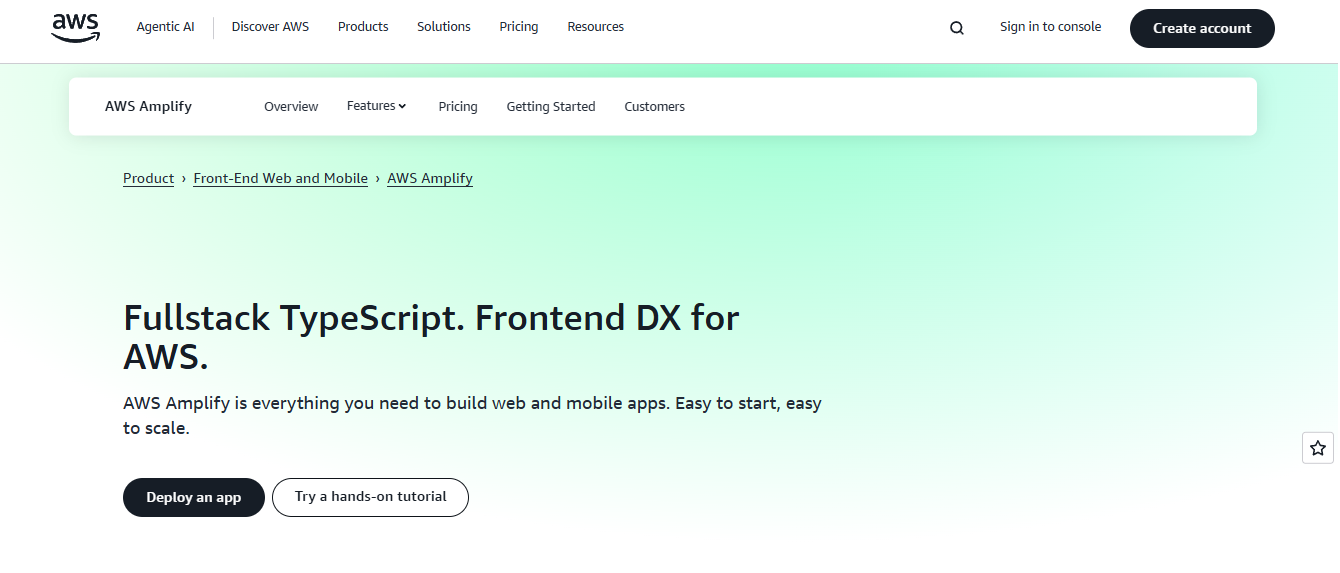
Amplify's backend leverages AWS services like Lambda for functions, AppSync for GraphQL, and S3 for storage. The global CDN, CloudFront, ensures edge delivery with custom caching policies. Developers configure via the Amplify CLI, which generates IaC templates for reproducible environments.
Performance-wise, Amplify handles millions of requests with auto-scaling, billing per usage—$0.01 per GB transferred. The free tier covers 5 GB storage and 1 million build minutes annually, ideal for startups.
Compared to Vercel, Amplify provides deeper integrations, such as Cognito for user auth and Pinpoint for analytics. However, it requires more setup, with learning curves for AWS concepts like IAM roles.
Migration involves initializing Amplify in your project:
amplify init
amplify add hosting
amplify publish
This deploys to CloudFront, with atomic rollouts. For Vercel users, Amplify's preview branches mimic workflows, but with VPC peering for secure access.
Incorporating Apidog here streamlines API development. Amplify's GraphQL schemas export to Apidog for mocking and collaboration, allowing teams to iterate without full deploys. This reduces costs, as Apidog identifies inefficiencies before hitting AWS bills.
Enterprises favor Amplify for compliance features like HIPAA support, making it a secure alternative amid Vercel's reputational issues.
4. DigitalOcean App Platform: Cost-Effective Container Hosting
DigitalOcean's App Platform simplifies deploying apps from Git repos, supporting static sites, services, and workers. It uses containerization for consistency across environments.
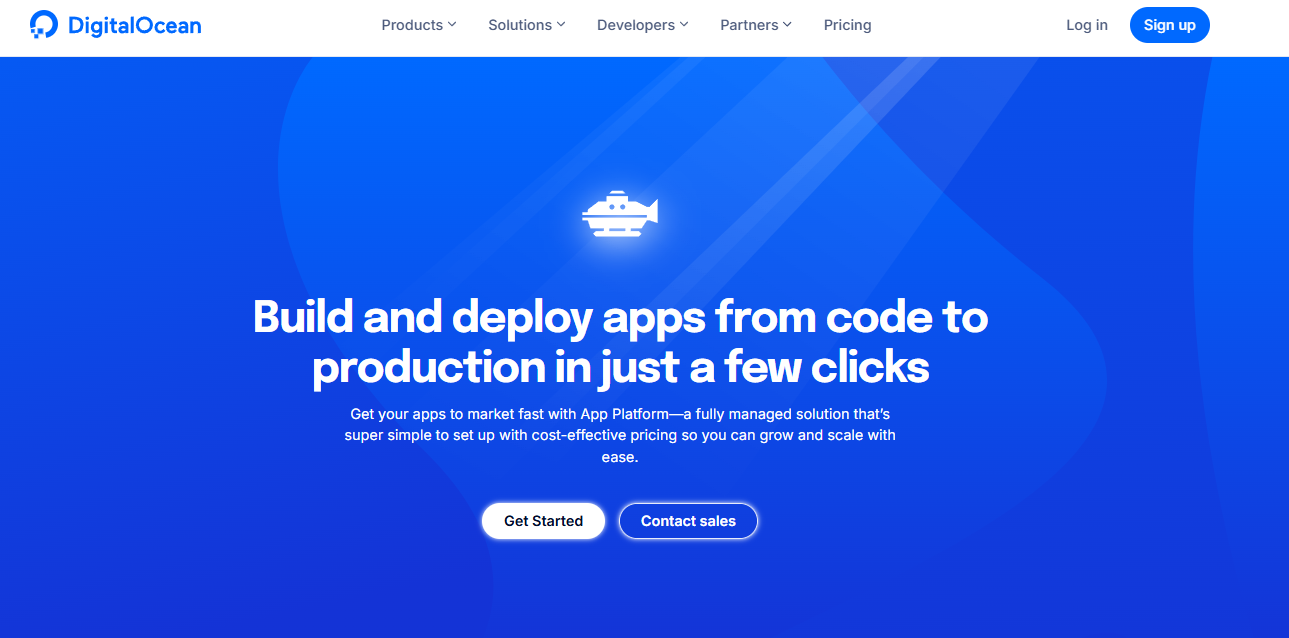
Built on DigitalOcean's cloud, it features auto-scaling with horizontal pods, monitoring via Prometheus metrics. Developers specify components in app.yaml, including buildpacks for Next.js.
Pricing is straightforward: $0/month for basic apps, scaling to $12/component for pro features like custom domains. Bandwidth costs $0.01/GB, often cheaper than Vercel for high-traffic sites.
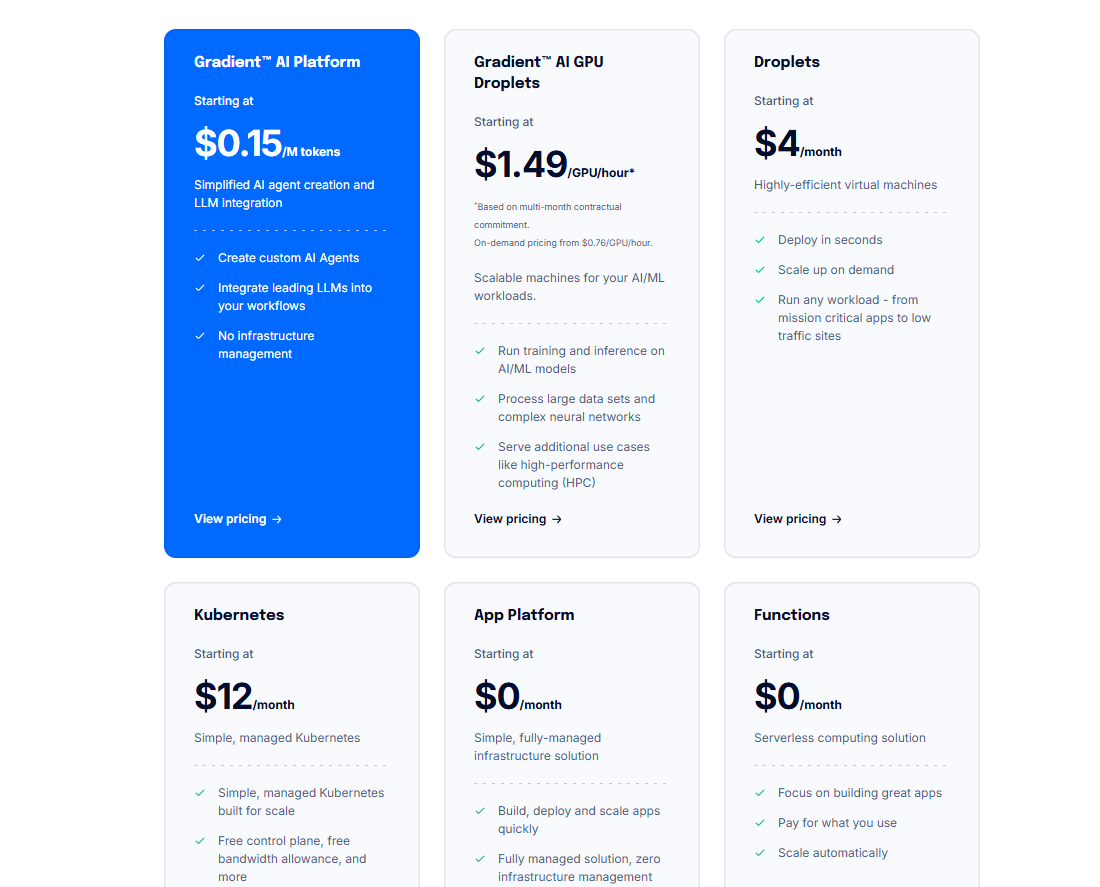
Technically, the platform integrates with DigitalOcean's Kubernetes service for advanced orchestration, allowing custom Helm charts. Functions run as serverless workers, with invocation limits far exceeding Vercel's free tier.
A GetDeploying guide praises DigitalOcean for its simplicity in production environments. Migration entails connecting your Git repo and selecting runtime—deployments complete in under a minute.
For example:
name: sample-app
services:
- name: web
github:
repo: username/repo
run_command: npm start
This setup ensures blue-green deploys. Pairing with Apidog, users test API routes against DigitalOcean's endpoints, using Apidog's CI/CD integrations for automated validation.
DigitalOcean appeals to budget-conscious teams, offering 99.99% SLA without the premium pricing.
5. Fly.io: Edge Computing with Global Proximity
Fly.io deploys apps close to users via Anycast routing, minimizing latency for dynamic content. It supports Docker and Firecracker VMs for isolation.
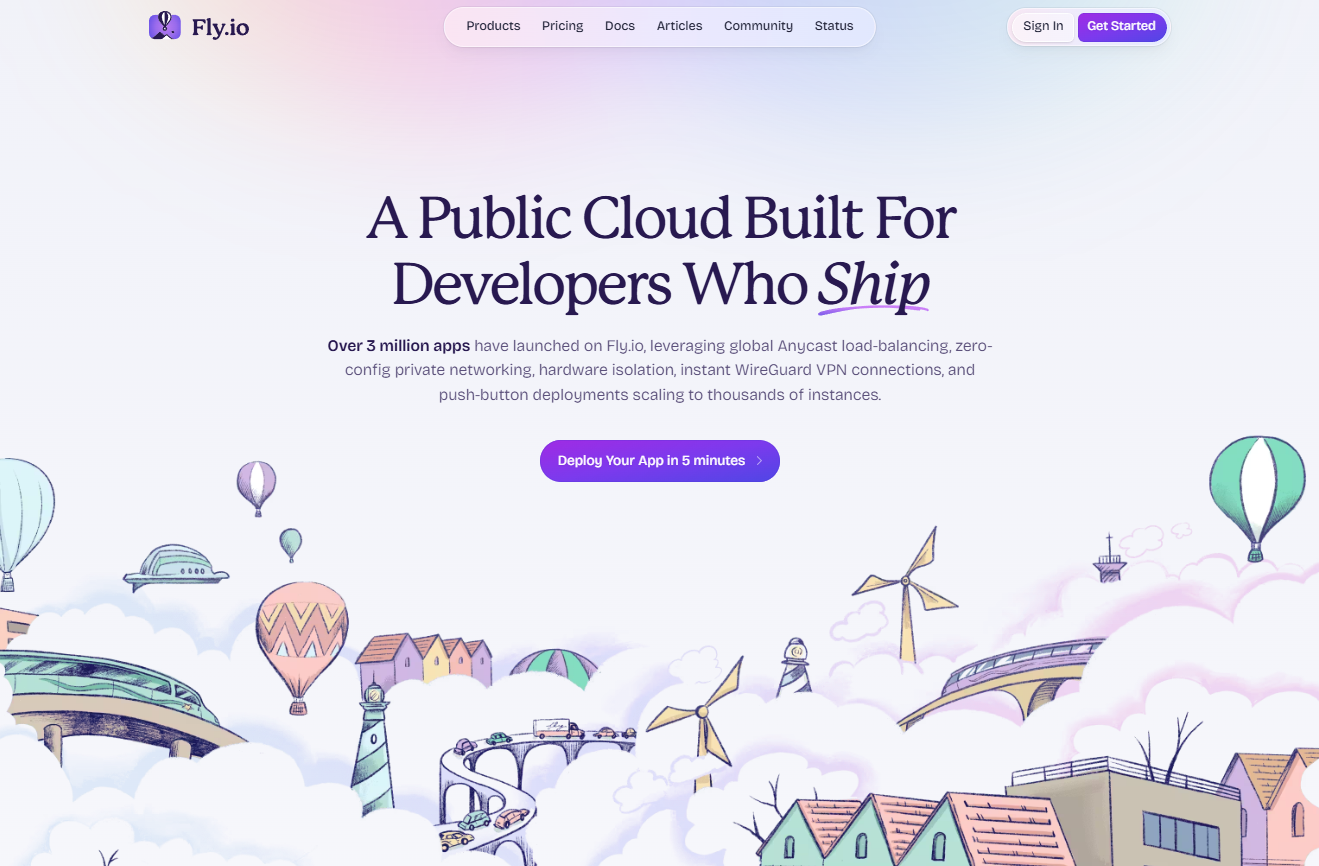
The platform's architecture distributes apps across 30+ regions, auto-migrating based on traffic. Developers use the Fly CLI to launch:
fly launch
fly deploy
Functions scale per request, with pricing at $0.0000002 per vCPU-second. Free tier includes 3 shared VMs, suitable for testing.
Fly.io outperforms Vercel in regional control, allowing custom WireGuard VPNs for secure networking. Benchmarks show 50ms lower latency for API calls compared to centralized CDNs.
A Reddit user recommended Fly.io for Docker simplicity, noting easy Next.js ports. For migrations, export Vercel configs and adapt to fly.toml.
Apidog fits by simulating global API tests, ensuring Fly.io's edge routing handles requests efficiently. This combination optimizes for distributed systems.
Fly.io suits apps needing low-latency, like real-time services, providing a fresh start away from Vercel's controversies.
How to Migrate from Vercel: Step-by-Step Technical Guide
Transitioning requires careful planning. First, audit your Vercel project: identify custom domains, environment variables, and functions. Export your repo and test locally.
Next, choose an alternative and set up equivalents. For Netlify, map Vercel's API routes to functions. Use tools like Apidog to mock and test endpoints, verifying status codes and payloads.
Then, redirect traffic gradually with DNS changes. Monitor with tools like Datadog for performance dips.
Finally, decommission Vercel resources to avoid costs. This process typically takes 1-2 weeks for small teams.
Complementary Tools: Enhancing Your Stack with Apidog
While alternatives handle deployment, Apidog elevates API workflows. It generates code from specs, supports WebSocket testing, and collaborates in real-time. Integrate Apidog with any top alternative for end-to-end efficiency.
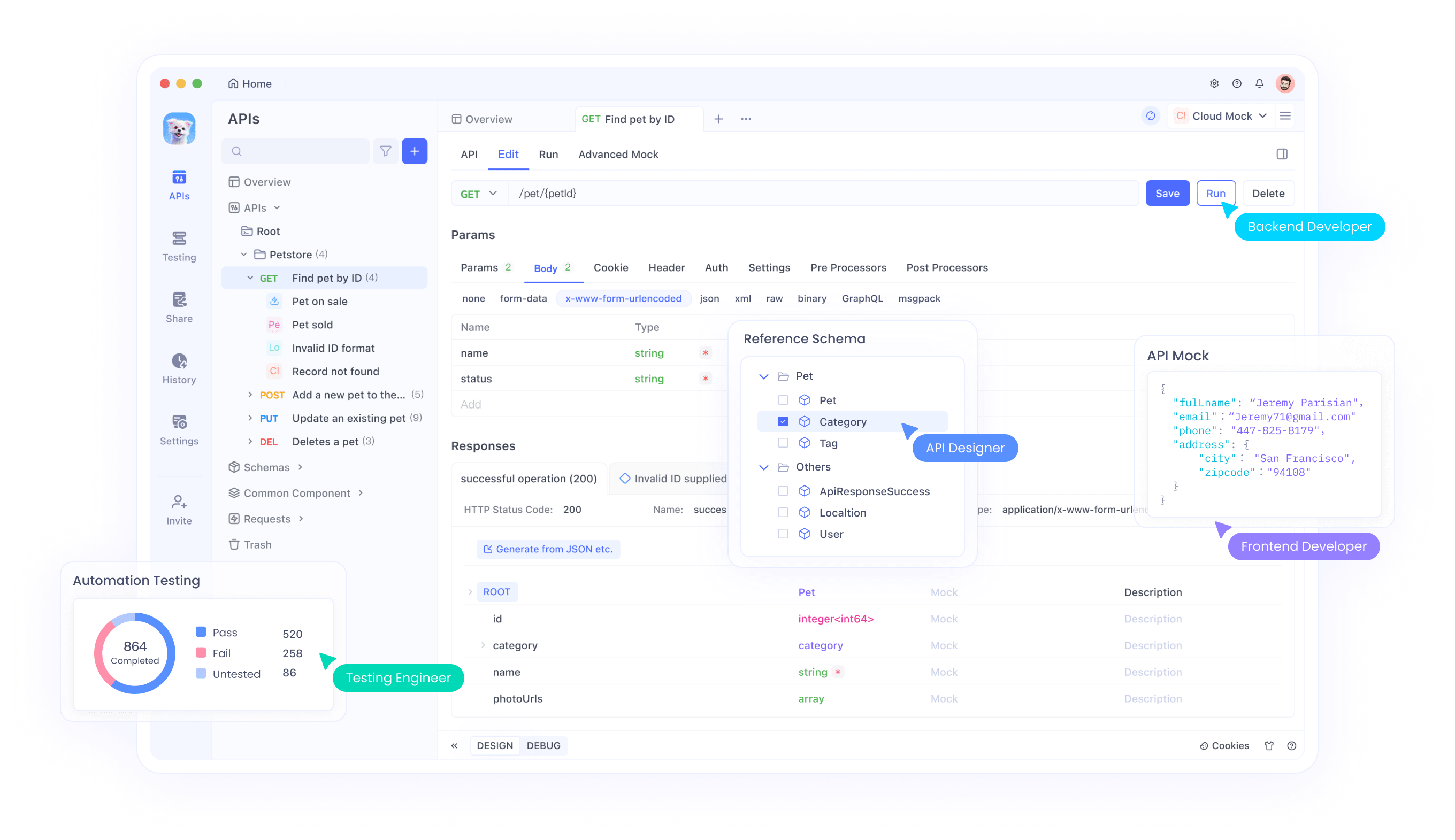
Conclusion: Choosing the Right Path Forward
The Vercel controversy serves as a reminder that technical excellence must align with community values. The top 5 alternatives—Netlify, Render, AWS Amplify, DigitalOcean, and Fly.io—offer robust options. Evaluate based on your needs, and remember, tools like Apidog can smooth the journey. By switching thoughtfully, you ensure your projects thrive.
